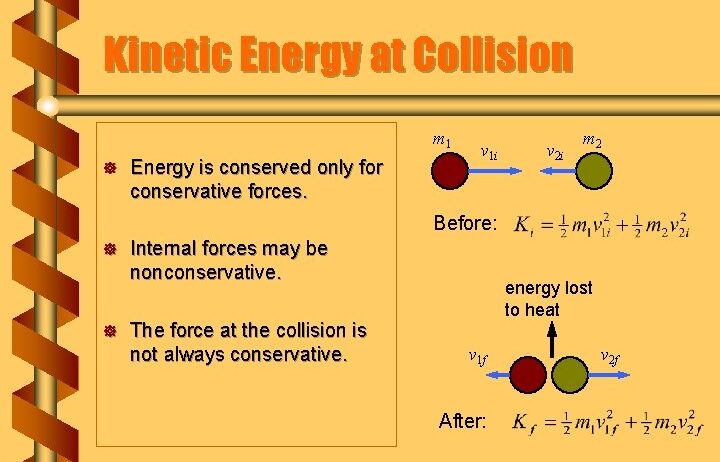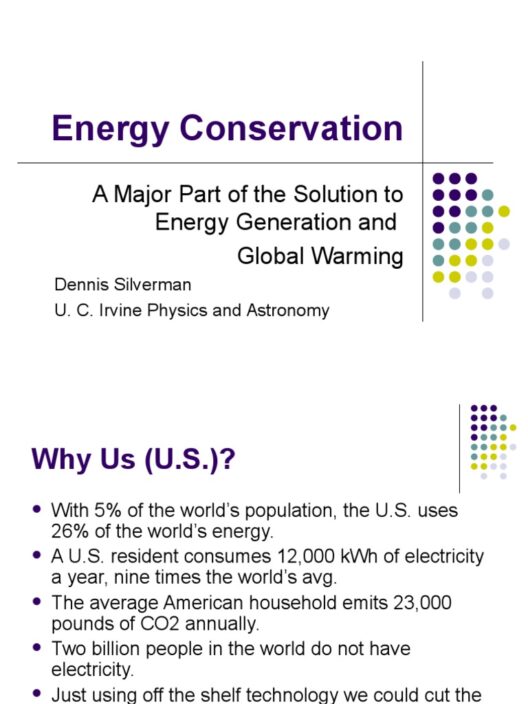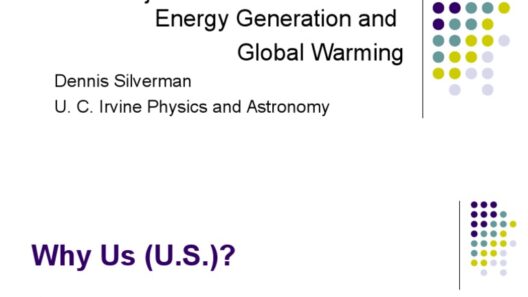Understanding collisions requires an exploration into the fundamental principles of physics, particularly the notions of momentum and kinetic energy. These concepts underpin a vast array of phenomena, from the simplest interactions in our daily lives to the complex dynamics in astrophysics. This exploration delves into the various types of collisions, the conservation laws that govern them, and their implications in both theoretical frameworks and practical applications.
At its core, momentum is defined as the product of an object’s mass and its velocity. It is a vector quantity, which means it possesses both magnitude and direction. The law of conservation of momentum states that within an isolated system—one with no external forces—the total momentum before and after a collision remains constant. This principle applies universally, allowing us to predict outcomes in various scenarios, from billiard balls colliding on a pool table to astronomical bodies influencing one another’s trajectories.
Kinetic energy, on the other hand, is a scalar quantity that represents the energy of motion. The formula for kinetic energy is expressed as KE = ½ mv², where m is mass and v is velocity. Unlike momentum, kinetic energy is not always conserved in collisions, leading to two important categories of collisions: elastic and inelastic.
In an elastic collision, both momentum and kinetic energy are conserved. This type of interaction is often idealized, occurring only under specific conditions, such as in the collision of gas molecules or perfectly hard spheres in a vacuum. When two objects collide elastically, they bounce off each other without any loss of total kinetic energy. An everyday illustration of this is seen in a game of billiards, where the balls collide and transfer energy efficiently, allowing them to maintain their velocities post-impact.
In contrast, inelastic collisions allow for the conservation of momentum while kinetic energy is not conserved. Instead, some amount of kinetic energy is transformed into other forms of energy, such as heat, sound, or deformation of the bodies involved. A practical example of this is a car crash, where the vehicles crumple upon impact, converting kinetic energy into sound and internal energy due to deformation. This process highlights the energy transformations that occur during such collisions and underscores the importance of considering both momentum and kinetic energy in safety matters.
Notably, collisions can be classified into perfectly elastic, partially elastic, and perfectly inelastic. In perfectly elastic collisions, total kinetic energy is conserved before and after the event. Here, two bodies collide and reflect off each other without any external interference. Partially elastic collisions see some kinetic energy transformed into internal energy, yet still maintain enough kinetic energy to allow for bouncing. Perfectly inelastic collisions represent the extreme where colliding bodies stick together post-impact, maximizing kinetic energy loss compared to the other types.
Beyond the realm of classical mechanics, the implications of these laws shift significantly in relativistic scenarios. At speeds approaching that of light, the classical equations of momentum and kinetic energy do not hold true. Instead, they converge into relativistic dynamics, necessitating a comprehensive understanding of mass-energy equivalence and the changes in momentum experienced under high-velocity collisions.
The study of collisions and their effects is not just an academic pursuit; it has real-world implications. In engineering, designing safer vehicles using insights from inelastic collision mechanics has led to innovations that save lives. Similarly, the principles of momentum conservation are employed in sports science to analyze athlete performance, optimize their technique, and enhance their results.
Moreover, researchers apply momentum and energy principles not only in physics but also in environmental science. Understanding these forces aids in developing sustainable technologies, such as those that optimize energy consumption during transportation. An awareness of how kinetic energy is dissipated in various contexts can lead to significant improvements in energy efficiency and conservation.
The fascination with collisions and their properties invokes a sense of wonder about the universe. From the smallest subatomic particles to the grandest celestial bodies, every collision serves as a reminder of the intricate interplay of forces that define our world. As one contemplates the silent ballet of cosmic collisions—in the quiet void of space—the conservation laws governing momentum and kinetic energy emerge as the underlying harmonies of this dance.
In essence, the study of collisions transcends mere academic interest. It invites us to appreciate the complexities of natural laws that govern phenomena around us. By embracing our understanding of momentum and kinetic energy, we can better interpret the world and harness these principles for innovation and enhancement of our lives, promoting a sustainable future aligned with the laws of physics.








